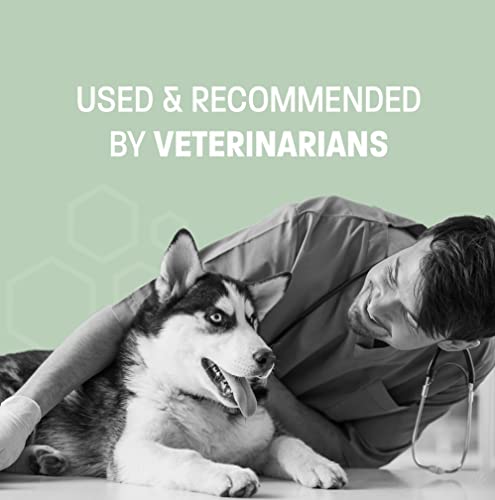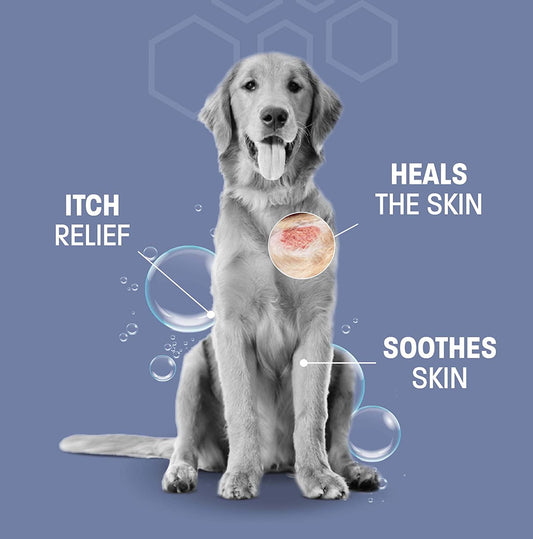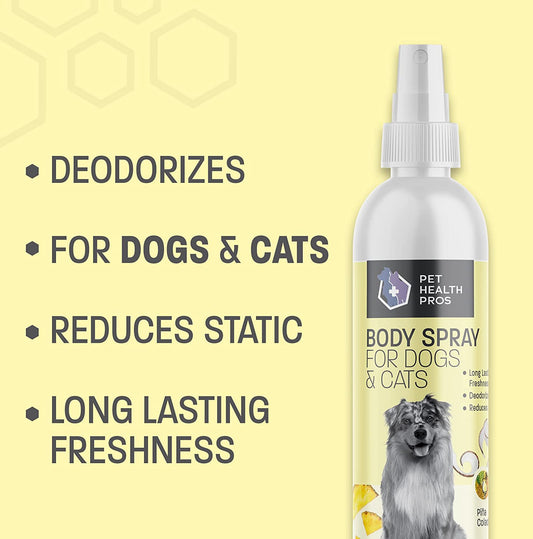As pet owners, we all want to ensure that our furry friends are healthy and happy. But did you know that environmental allergies in dogs can have a significant impact on their overall well-being? Just like humans, dogs can suffer from allergies caused by environmental factors such as pollen, mold, and dust mites. These allergens can trigger a range of symptoms in dogs, including itchy skin, runny nose, watery eyes, and sneezing.
The good news is that there are several steps you can take to minimize your dog's exposure to allergens and reduce the severity of their symptoms. Here's what you need to know about the connection between environmental allergies and dogs and what you can do to help your furry friend feel their best.
Understanding Environmental Allergies in Dogs
Environmental allergies in dogs, also known as atopic dermatitis, occur when the immune system overreacts to harmless substances in the environment, such as pollen or mold. This overreaction causes the release of histamines and other chemicals, which can cause a range of symptoms including itching, redness, and swelling.
Allergies can be seasonal or year-round, and the severity of symptoms can vary from dog to dog. Some dogs may experience only mild itching and redness, while others may suffer from severe itching and skin infections.
Risk Factors for Environmental Allergies in Dogs
There are several factors that can increase a dog's risk of developing environmental allergies, including:
Age: Dogs are more likely to develop allergies as they age, with the majority of cases occurring in dogs between the ages of 1 and 3 years old.
Breed: Some breeds of dogs are more prone to allergies than others, including Golden Retrievers, Labrador Retrievers, Boxers, and Shar Peis.
Genetics: Allergies can run in families, so if a dog's parents have a history of allergies, they are more likely to develop them as well.
Exposure: Dogs that live in urban areas or are frequently exposed to allergens, such as pollen or mold, are more likely to develop allergies.
Minimizing Your Dog's Exposure to Allergens
The best way to minimize your dog's exposure to allergens is to keep their environment as clean and allergen-free as possible. Here are some tips to help you do just that:
Vacuum regularly: Use a vacuum with a HEPA filter to remove dust and other allergens from your home.
Wash bedding frequently: Wash your dog's bedding in hot water at least once a week to kill any dust mites or other allergens.
Keep windows closed: Keep windows closed during allergy season to reduce exposure to pollen and other outdoor allergens.
Bathe your dog regularly: Regular baths can help remove allergens from your dog's skin and fur.
Treating Environmental Allergies in Dogs
There are several options for treating environmental allergies in dogs, including:
Medications: Antihistamines, corticosteroids, and other medications can help relieve symptoms and reduce inflammation.
Allergen immunotherapy: This involves exposing your dog to small amounts of the allergen over time to help build up immunity.
Diet: A diet that is free from common allergens, such as wheat, corn, and soy, can help reduce symptoms.
Supplements: Omega-3 fatty acids and other supplements can help reduce inflammation and relieve symptoms.
In conclusion, environmental allergies in dogs can have a significant impact on their overall well









